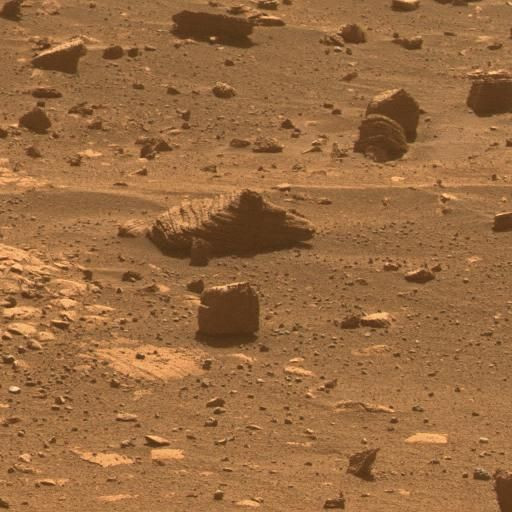NASA Reveals What Mars Earthquake 'Marsquake' Looks, Sounds And Feels Like [WATCH]

A group of scientists showed what quakes on Mars, also known as Marsquakes, look and feel like through a realistic simulation. They compared these with typical seismic movements on Earth as well as quakes on the Moon.
The quakes on Mars are being recorded by the Seismic Experiment for Interior Structure (SEIS). This seismometer was developed by France’s space agency the Centre National d'Études Spatiales and was brought aboard NASA’s InSight lander, NASA reported.
The lander deployed the SEIS on Mars in late 2018. Using data collected by the seismometer for the Marsquake Service mission, scientists from Switzerland’s science and technology university ETH Zurich were able to demonstrate what seismic activities on the Red Planet look and feel like.
To highlight the unique nature of a Marsquake, it was compared to earthquakes and Moonquakes. According to the scientists, they simulated the seismic activities by amplifying the tremors by a factor of 10 million in order to make them more noticeable and distinct from one another.
The scientists began their demonstration with an earthquake, which noticeably intensified in waves. The intensity of Moonquakes, on the other hand, grew gradually as opposed to arriving in waves. According to the scientists, seismic activity on the Moon can continue for about 10 minutes up to an hour.
As for the Marsquake, its effect or movement is very different compared to the first two seismic activities shown in the video. Instead of causing the simulation room to shake and vibrate, it swayed laterally due to the Marsquake. Although it was quieter than earthquakes and Moonquakes, the simulated quake on Mars still caused the room to move violently.
“Mars isn’t as simple as we might have hoped,” John Clinton, head of the Marsquake Service, said in the video. “The ground motion is not like we see on Earth. It is sort of a half-way house between the Earth and the Moon.”
On April 16, the SEIS was able to record its first Marsquake. According to NASA, this marked the first time the seismometer captured trembling that was originating from within the alien planet.
“We’re been waiting months for a signal like this,” Philippe Lognonne, a member of the SEIS team said in a statement. “It’s so exciting to finally have proof that Mars is seismically active. We’re looking forward to sharing detailed results once we’ve had a chance to analyze them.”
© Copyright IBTimes 2024. All rights reserved.





















